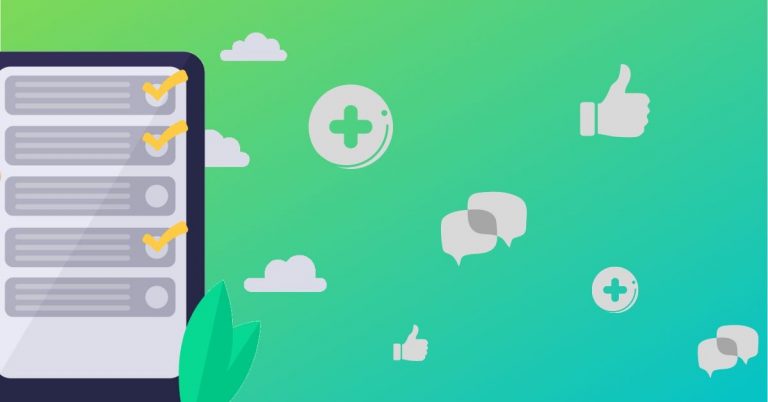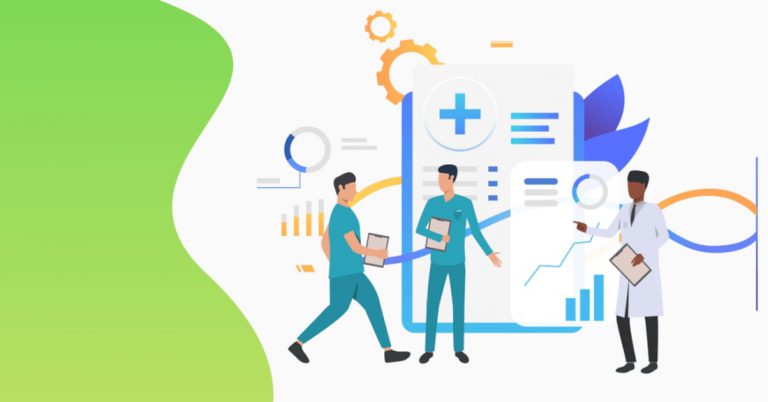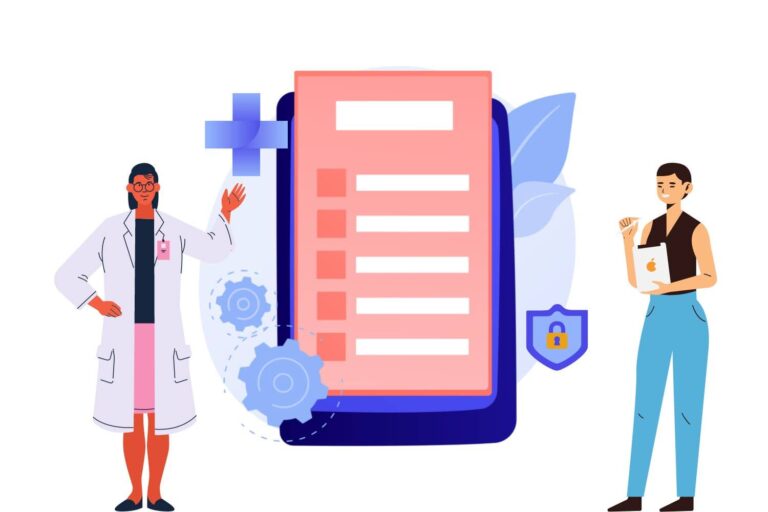Beyond COVID-19: The new normal in Healthcare IT
The world is facing an unprecedented test. And this is the moment of truth. Societies are in turmoil, and economies are in a nose-dive.
When the Secretary-General of the United Nations, António Guterres, addressed the extraordinary Virtual Leaders’ Summit of the G-20 on March 26th, it effectively summed up the impact of the pandemic on the global economy.
Of course, there will be a cascading impact on jobs and hiring across the globe. In the US, companies are pulling back on hiring. More than 22 million Americans- that’s more than 10% of the US workforce- lost their jobs within weeks of the pandemic spread in the US.
In India, hiring is likely to witness an adverse impact in the short term. Experts say that 60-65 percent of interviews are getting delayed. Recruitment by global captive centers in India may see a significant drop from last year. The startup eco-system is likely to see more layoffs. Verticals such as BFSI, Oil & Gas, Manufacturing, Retail, Travel & Hospitality, and by extension, their IT initiatives are already on a slow-down mode.
The big question is whether the healthcare vertical will stand the COVID test? While the industry is scrambling with the massive volume of COVID-19 cases, it has become clear that healthcare workers themselves are at high risk. At the same time, they have to manage the existing levels of other, non-communicable diseases as well. Once the worst is over, the industry has to deal with the psychological and behavioral impact of the pandemic, along with the high stress and burnout levels of healthcare workers. It’s not just the clinical workforce, but the business and administrative functions are also getting stretched as facilities are getting surged with patients.
The genie is out of the bottle
The aftermath of COVID-19 will vary between countries and industries, but in healthcare, there is a pattern that is emerging. Clearly, post-COVID-19 healthcare would be totally different from the pre-COVID-19 healthcare. And the key differentiating factor is going to be technology adoption.
Healthcare will see an increase in demand for technology and, as a result, resources, with the need for innovation around telehealth, remote patient monitoring using IOT platforms, precision medicine based on genomics, becoming the new normal. There are also other challenges to deal with that are possible outcomes of the new normal. New ways of billing, claims processing, claims adjudication, and most importantly, detecting fraud and abuse patterns using Analytics and AI being examples. Yes, the genie is out of the bottle, and there is no going back!
A shift towards digital modalities
Across the globe, we can already see a distinct trend where healthcare facilities are trying to adopt telehealth. They are trying to manage primary care or non-communicable diseases using this digital means. According to some recent research, 60 percent of Americans would want to consult with their primary care provider if they experienced COVID-19 symptoms.
We are also hearing of instances where quarantined patients or caregivers can access or provide care via telehealth. While the digital transformation of healthcare has been on the rise, streaming care at such a large scale and pace was unimaginable prior to a short couple of weeks. Other technologies are getting leveraged at a much faster rate too. Digital healthcare can provide useful tools to doctors and hospital staff and alleviate some of the misery they are experiencing by effectively reducing their workload.
Another primary concern of healthcare workers is exposure to the disease. Telehealth system can reduce the need for in-person checkups. Patients can remain in isolation at their own homes and receive appropriate medical advice from certified professionals that they can trust.
Push towards Value-based Healthcare
The regulatory authorities have been moving toward value-based care for some time. They will use the current disruptions to maintain profits for service providers while helping the public. This will lead to a more significant push toward value-based care.
HealthAsyst is enabling the change
We, at HealthAsyst, are enabling the digital transformation of US healthcare through our digital intake solution. Patient intake is a critical workflow before a doctor’s visit. Responding quickly to the COVID-19 situation, we developed a zero-touch COVID-19 screening module and an end-to-end zero-touch workflow, which our customers have started using extensively. HealthAsyst has also helped several clients build custom platforms for remote patient monitoring, medical device integrations and analytics systems for advanced decision making.
The new order in healthcare is going to be very different from what we are used to so far. That makes it difficult to predict the quantum of transformation we should expect in the near future. The only certainty is that we are in the cusp of a huge change, and HealthAsyst is at the right place at the right time to make a meaningful impact as the new normal sets in.





![Great [Patient] Expectations](https://www.healthasyst.com/checkinasyst/wp-content/uploads/2021/06/Great-Patient-Expectations-768x510.jpg)

